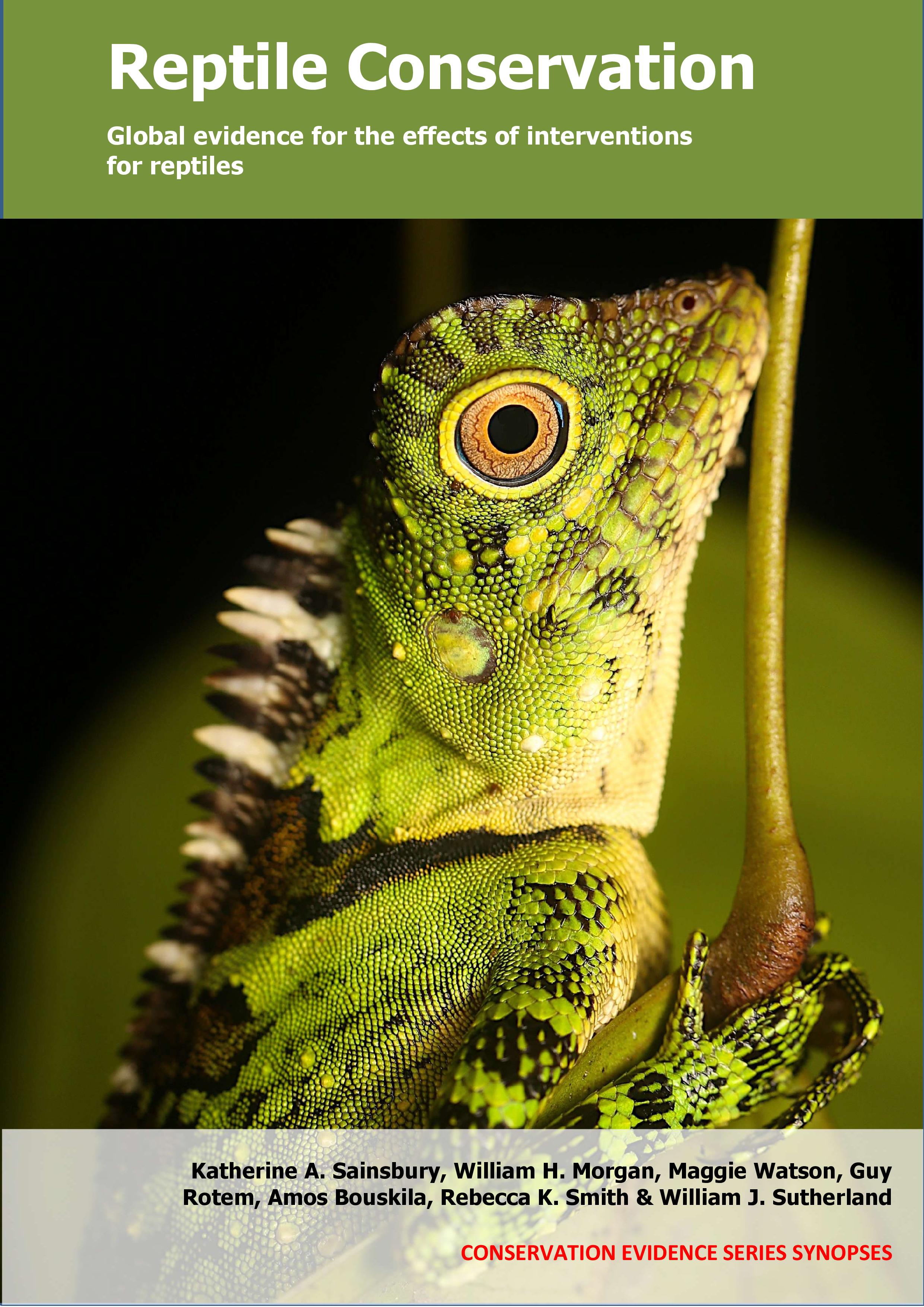Coppice trees
-
Overall effectiveness category Awaiting assessment
-
Number of studies: 1
View assessment score
Hide assessment score
How is the evidence assessed?
-
Effectiveness
not assessed -
Certainty
not assessed -
Harms
not assessed
Study locations
Supporting evidence from individual studies
A replicated, site comparison study (year not provided) in two sites of temperate broadleaf woodland on the border of Northamptonshire and Cambridgeshire, UK (Fish 2015) found that in coppiced areas of a woodland no slow worms Anguis fragilis or common lizards Zootoca vivipara were found, whereas both species were found in open areas maintained by cutting. No slow worms or common lizards were found in either recently coppiced sites (2–6 years previously) or older coppiced sites (9–17 years old), whereas 41 common lizards and 102 slow worms were found in open areas maintained by cutting. In each of two areas of woodland, three sites of recently coppiced woodland (2–6 years old), three sites of older coppice (9–17 years old) and three open areas were selected (one of the open areas was selected two weeks after surveys began). All coppiced areas were dominated by small-leaved lime trees Tilia cordata. At each survey site, 20 coverboards (50 x 50 cm; 10 made of roofing felt, 10 made of corrugated bitumen) were arranged in a grid, with 5 m gaps between boards. Coverboards were left for one week, and then checked for reptiles on 3–6 days/week for eight weeks.
Study and other actions tested
Where has this evidence come from?
List of journals searched by synopsis
All the journals searched for all synopses
This Action forms part of the Action Synopsis:
Reptile Conservation
Reptile Conservation - Published 2021
Reptile synopsis





)_2023.JPG)














